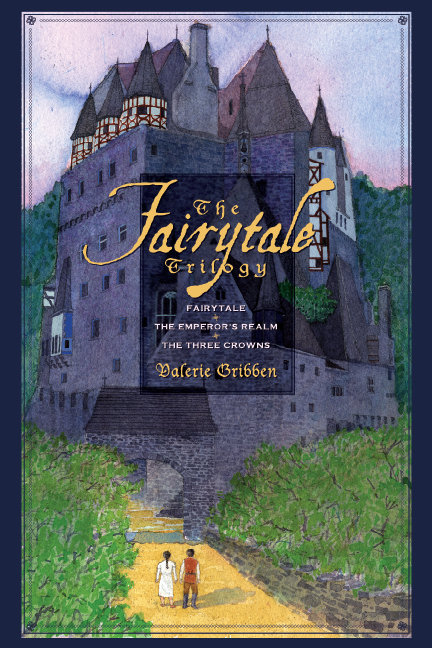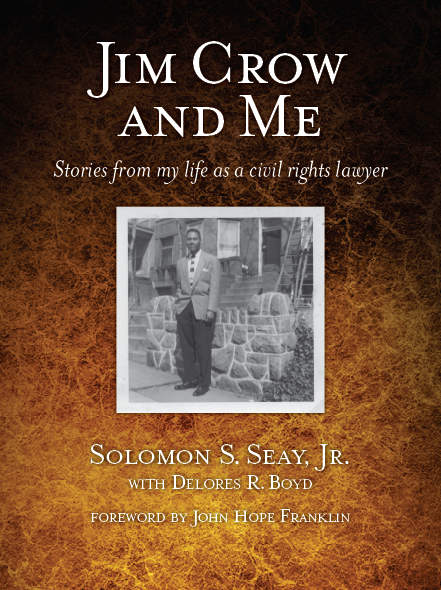Alan Gribben videos, podcasts on Twain’s Tom Sawyer and Huck Finn
Friday, July 15th, 2011 by Brian SeidmanAs teachers across the country prepare to return two classic works to their classrooms with the help of Mark Twain’s Adventures of Tom Sawyer and Huckleberry Finn: The NewSouth Edition, book editor Alan Gribben has released a series of online videos and podcasts intended to guide educators in presenting these books.
Dr. Gribben, a nationally-recognized Twain scholar, released the NewSouth Edition of Twain’s books when he discovered that schools were commonly and quietly dropping the books from their reading lists due to concerns over the content. Gribben’s NewSouth Edition reunites Tom Sawyer and Huckleberry Finn in one volume as Mark Twain originally intended, and replaces the racial epithets in the book in a consistent manner so as to eliminate some of the controversy that keeps schools from assigning the works. In a thorough introduction to the volume, Gribben details his changes, the context of the racial epithets Twain used in the books, and the historic debate over using Tom Sawyer and Huckleberry Finn in schools.
The six videos available on YouTube are “Tom Sawyer and Huck Finn as Companion Works,” “Three Criticisms Leveled at Huck Finn,” “Teaching Advantages of Mark Twain: The NewSouth Edition,” “Eliminating the Controversy, Preserving Twain’s Messages,” “Why Mark Twain Used Racial Epithets in his Books,” and About Mark Twain and the N-Word Debate.” The videos can be watched separately, or used as a series to help create curriculum around Mark Twain: The NewSouth Edition.
The videos and four additional audio podcasts are also available for free from iTunes. Additional topics include “Why Huck Finn is Banned from Schools,” “How the ‘N-Word’ Affects Readership of Modern Audiences,” “How ‘Slave’ Maintains Twain’s Message,” and “What Huck Finn Offers Beyond the ‘N-Word.'”
Kevin Mac Donnell of the Mark Twain Forum praised Gribben’s NewSouth Edition, noting that “Gribben artfully draws more attention to the [racial epithets] as a topic for class discussions or as a ‘teachable moment’ than it would be otherwise.”
View the Mark Twain: The NewSouth Edition video playlist on YouTube, or download the videos and four additional audio podcasts from iTunes.
Mark Twain’s Adventures of Tom Sawyer and Huckleberry Finn: The NewSouth Edition is available from NewSouth Books, Amazon, or your favorite local or online book retailer.

 Valerie Gribben’s recent New York Times op-ed,
Valerie Gribben’s recent New York Times op-ed, 

